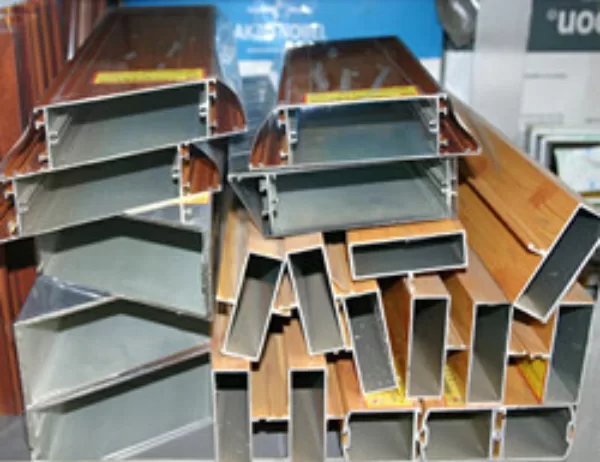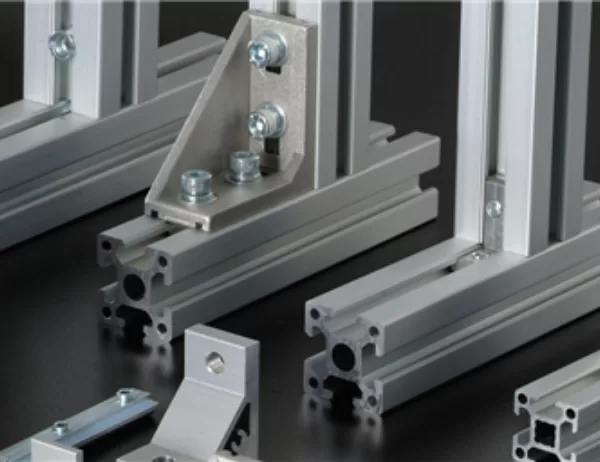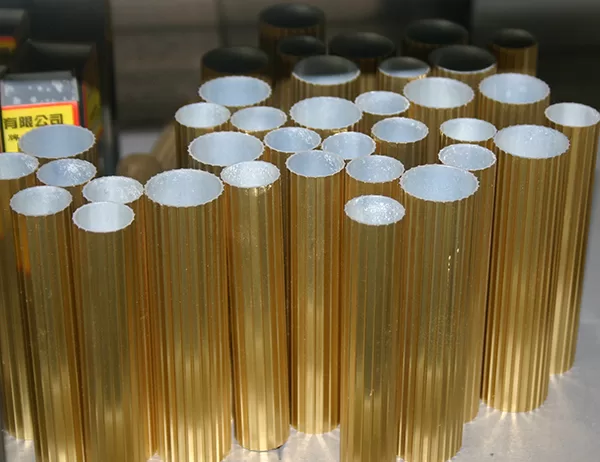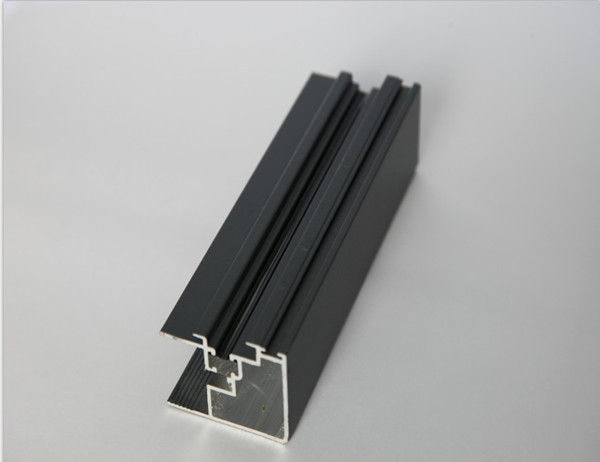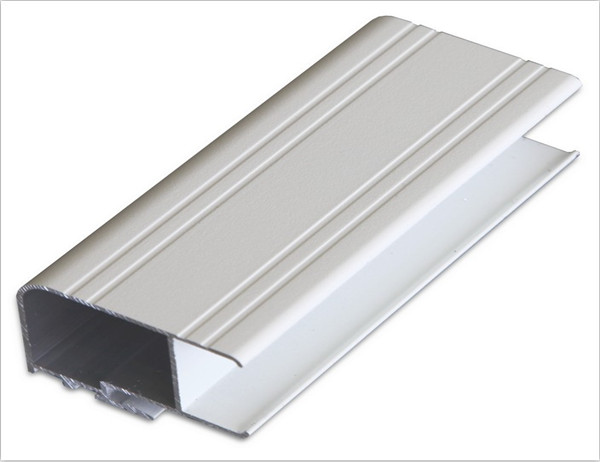Introduction
In the realm of manufacturing, efficiency is paramount. The drive for cost optimization, improved productivity, and enhanced quality has led to the widespread adoption of automation in various industries. T6 aluminum pipe manufacturing is no exception, where automation has revolutionized processes, unlocking new levels of efficiency and precision. This article will delve into the transformative impact of automation on T6 aluminum pipe manufacturing, exploring the key aspects that have been enhanced.
Streamlined Production Processes
Automation has streamlined production processes in numerous ways. Automated machinery, such as CNC machines, can perform repetitive tasks with accuracy and speed, eliminating human error and reducing production time. Automated material handling systems can transport raw materials, finished goods, and tools seamlessly, minimizing manual labor and improving logistics. By optimizing the flow of production, automation ensures faster turnaround times and increased output.
Enhanced Quality and Precision
Automation plays a crucial role in enhancing the quality and precision of T6 aluminum pipes. Automated inspection systems can detect defects and inconsistencies with unmatched accuracy, ensuring that only high-quality products meet the stringent standards required. Automated welding and assembly processes ensure consistent and precise welds, minimizing the risk of leaks or failures. By reducing human intervention and eliminating the possibility of human error, automation guarantees the highest levels of quality and reliability in T6 aluminum pipe manufacturing.
Increased Productivity and Efficiency
Automation directly translates into increased productivity and efficiency. By eliminating manual tasks and automating repetitive processes, automation frees up human workers to focus on more complex and value-added activities. Automated systems operate 24/7, maximizing production capacity and minimizing downtime. The seamless integration of automated equipment and processes results in improved workflow, reduced bottlenecks, and significantly increased production output.
Reduced Operating Costs
Automation in T6 aluminum pipe manufacturing leads to significant cost savings. By reducing labor costs through automation, manufacturers can lower their overall operating expenses. Automated systems require less maintenance and downtime compared to manual operations, further reducing expenses. Additionally, automation can help minimize waste and optimize material utilization, contributing to cost reduction and environmental sustainability.
Improved Safety and Working Conditions
Automation has a positive impact on the safety and working conditions in T6 aluminum pipe manufacturing facilities. Automated machinery reduces the risk of accidents and injuries associated with manual handling or operating heavy equipment. By eliminating repetitive and hazardous tasks, automation creates a safer and more ergonomic work environment for employees.
Conclusion
Automation has become an integral part of T6 aluminum pipe manufacturing, transforming the industry by enhancing efficiency, improving quality and precision, increasing productivity, reducing costs, and improving safety. As technology continues to advance, the adoption of new and innovative automation solutions is expected to further optimize processes and drive the industry toward even greater efficiency and technological advancements.
